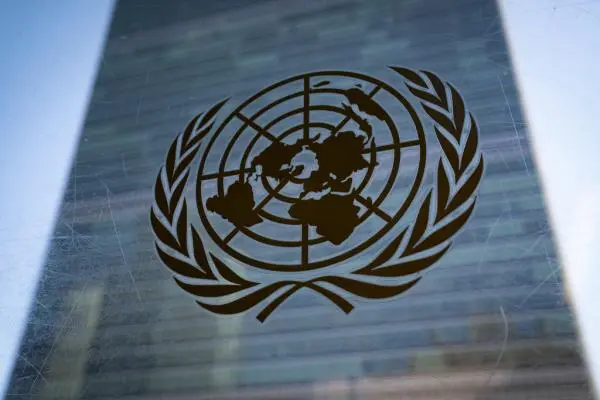Ensuring the delivery of humanitarian aid to Gaza remains a pressing concern for the international community, particularly amid ongoing conflict and instability in the region. Sigrid Kaag, the UN aid coordinator for the Palestinian territory, emphasized the importance of diversifying supply routes to meet the needs of civilians effectively.
Speaking after a closed-door Security Council meeting, UN aid coordinator Kaag highlighted the limitations of delivering aid through airdrops or sea routes, stating that these methods cannot adequately substitute for land deliveries. While acknowledging the recent efforts to drop aid from airplanes as a symbol of support, she emphasized that it falls short of addressing the scale of the humanitarian crisis in Gaza.
UN aid coordinator Kaag emphasized the need for the international community to “flood the market in Gaza with humanitarian goods” and revitalize the private sector to facilitate the entry of more commercial goods. She stressed that diversifying supply routes via land remains the optimal solution due to its efficiency, speed, and cost-effectiveness, especially considering the long-term sustainability of humanitarian assistance to Gazans.
The announcement by the White House to build a port in Gaza to facilitate the entry of humanitarian aid was welcomed by Kaag. However, she underscored that while such initiatives are positive steps, they alone are insufficient to address the complex challenges faced by the people of Gaza.
One of the primary obstacles to delivering aid to Gaza, as noted by Kaag, is the complicated border inspection process. The cumbersome procedures, including verification checks and security coordination with Israeli forces, contribute to delays and logistical challenges in distributing aid effectively.
Trucks arriving at the Rafah crossing on the Egypt-Gaza border often face lengthy delays as they undergo inspection and reloading processes. This adds to the logistical complexities of aid distribution and highlights the need for streamlined procedures to expedite the delivery of humanitarian assistance to those in need.
Moreover, ongoing conflict and instability exacerbate the challenges of aid delivery, as Kaag warned. The continuation of fighting, social unrest, and lawlessness in Gaza hinder the safe and effective distribution of aid, further underscoring the urgency of addressing the root causes of the crisis.
The delivery of humanitarian aid to Gaza requires a multifaceted approach that includes diversifying supply routes, streamlining border procedures, and addressing the underlying causes of conflict and instability. While recent efforts to provide aid through airdrops and sea routes are commendable, they must be complemented by sustained international support and cooperation to alleviate the suffering of the people of Gaza.














